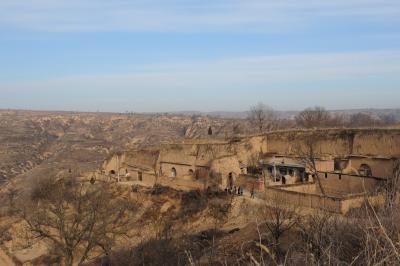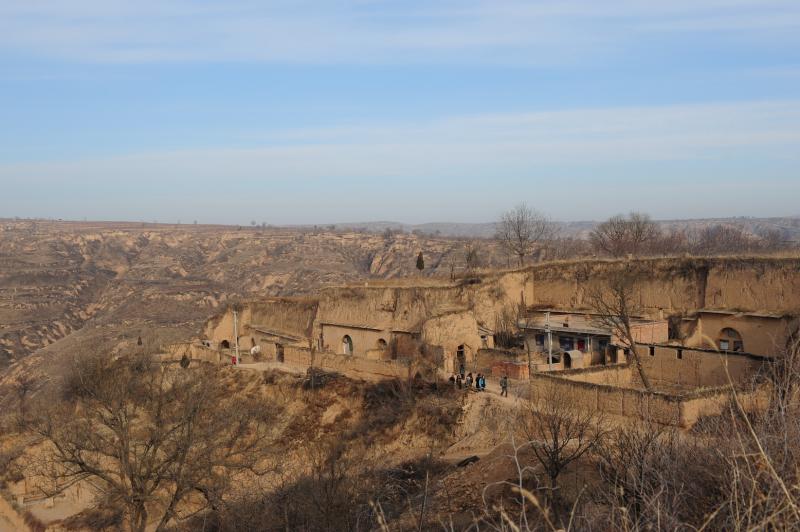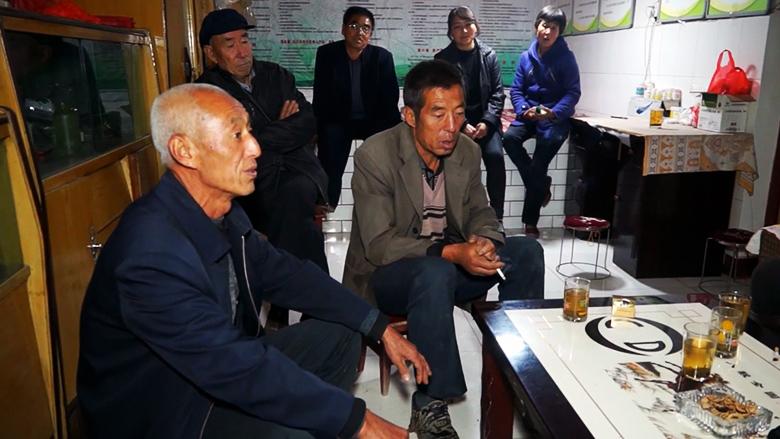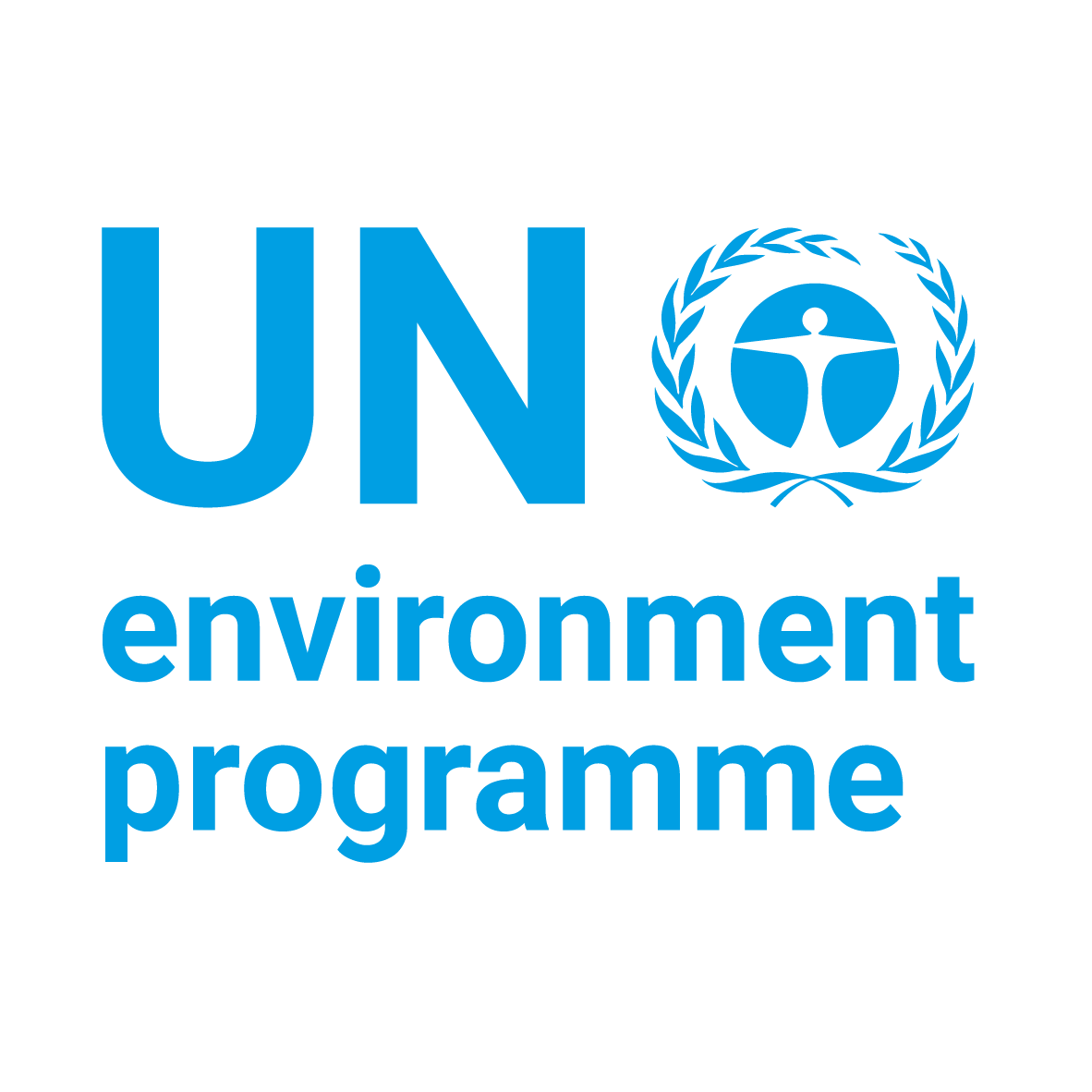The poorest people are often perceived as the hardest hit by climate change, especially those living in rural areas in developing countries. This case study presents a project in China that tackles both poverty alleviation and climate change adaptation in Henan Province, Shaanxi Province and Chongqing Municipality. In the project areas, climate change is expected to bring about extreme climate events, including prolonged drought periods, hailstorms, frost events, unpredictable precipitation patterns, and wildfires, which are likely to result in decreased agricultural productivity as well as reduced poor people’s security in livelihood assets and increased their vulnerability. This project, therefore, piloted climate change adaptation measures along with provided support on basic infrastructure and livelihood activities through community-driven development approach. Sustainable land management, an ecosystem-based adaptation option, was the overall climate change adaptation technique applied in the project. With support from various stakeholders, in particular government at different levels, the project was very successful and has been replicated in other locations in China. Moreover, the project results substantially provided recommendations to the poverty reduction programme under the 13th Five-Year Plan (2016-2020) on economic and social development of China to enhance ecological construction along with infrastructure connectivity and basic public services.
This case could serve as a good example for other countries or sub-national levels with similar contexts to address both utmost challenges of poverty and climate change in an integrated manner.
Key lessons
- The innovative mechanisms of integrating climate change adaptation and ecological management with poverty reduction have not only increased the understanding of the project communities on the linkages between vulnerability, climate change and adaptation but also provided the Chinese government with effective approaches to tackle both climate change and poverty in the most-needy groups. Moreover, the innovative approach employed under this project also provided successful experiences for others to learn from. Some of the most successful interventions from the project were reproduced and scaled-up under country-wide strategic plans.
- The poverty-climate change vulnerability reduction linkages were shown in a multitude of benefits provided by the project. These included increased per capita income and improved food security from enhanced agricultural productivity; higher standards of living and greater well-being as a result of improved access to, inter alia, safe drinking water, electricity, markets, schools, healthcare systems; and environmental conservation through sustainable management of natural resources and land. All those benefits had contributed to not only increased social and economic circumstances of the poor households but also reduced vulnerability to climate change for the project beneficiaries simultaneously.
- Although the project activities were essentially implemented in remote and scattered rural areas, with the addition of a challenge of applying community-driven approach under the typical top-down approach, the project still received ‘successful’ achievement from the project’s terminal evaluation. This attributed to remarkable efforts of the project management offices and support from governmental departments at all levels. The project had proved good collaboration of all the parties concerned in project implementation and problem-solving capacity to push the project forward as planned.
- Realisation of the project duration and flexibility in adjusting the timeline of the work plan are essential. At the beginning, implementation was slow due to several challenges. Owing to the project’s large scale, it took time to, inter alia, mobilize-empower communities, set up the project implementation structure, build institutional and community capacity and open bank accounts for the beneficiary villages– especially with the large number of very poor population and in remote rural community setting. According to the project’s terminal evaluation report, the implementation of the sustainable land management and adaptation component was particularly delayed because general understanding of the scope and implementation procedures of this rather complex component needed to be in place first.
- Capacity and readiness of local counterparts/partners are crucial for on-the-ground implementation. It was found that some project management offices (also at provincial level) were understaffed in the first couple of years. Therefore, consistent support was required from the supervision team.










